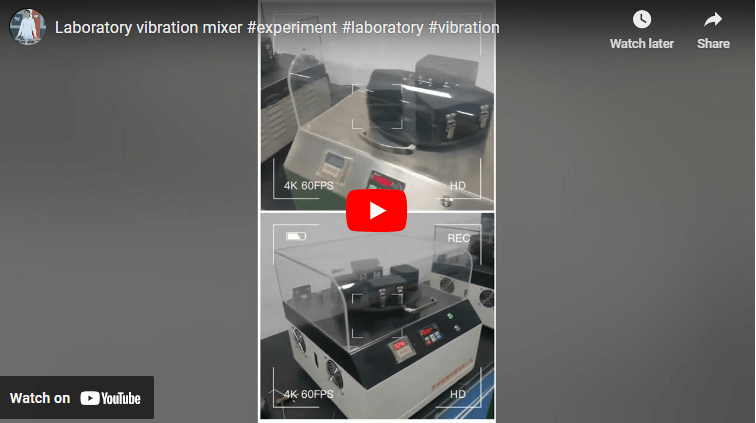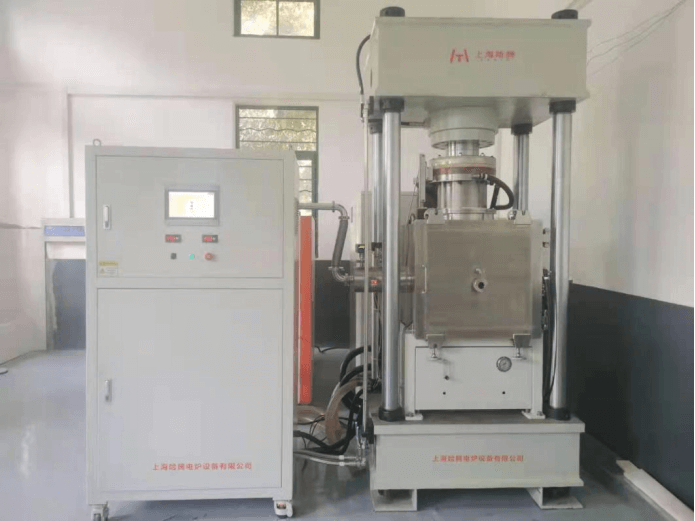Spark plasma sintering (SPS) is a material sintering or synthesis technology that uses DC pulses to heat the sample and combines axial pressure to assist densification. Its characteristics are that it can achieve material densification and synthesis of new compounds in a short time.
In the late 1990s, scholars published several articles on SPS sintering, indicating the reduction of sintering temperature and time. However, there is no report on the exact mechanism of SPS.
Some people speculate that the current causes internal heating to reduce the sintering time. Others believe that the electric field itself causes the shortening of sintering time. In the literature, this technology has various names. Such as Field Assisted Sintering Technology (FAST), Spark Plasma Sintering (SPS), Pulse Electric Current Sintering (PECS), Plasma Assisted Sintering (PAS), and Fast hot pressing (FHP).
Sintering Mechanism of Spark Plasma Sintering
In a typical spark plasma sintering process, when a high-energy pulse current passes through the powder particles, it generates electric sparks and ignites plasma. The high-energy particles in the plasma will hit the particle surface under the induction of the electric field in the micro-region between the particles. It helps to remove the adsorbed gas and passivation layer on the particle surface. This plays a role in purifying impurities and improving grain boundary diffusion.
At the same time, the high-frequency pulse current acts directly on the powder particles. It will cause the powder particles to generate Joule heat, thereby achieving rapid temperature rise. Especially near the contact point between the particles, the moment the current passes through. It will generate a local high temperature of tens of thousands of degrees. Even when the sintering temperature is lower than the melting point of the sample, evaporation, and melting will occur on the particle surface. It formed A “sintering neck”, as shown in the figure below.

Powder densification
When the heat from the heating center at the sintering neck to the particle surface, the temperature of the sintering neck decreases rapidly. As a result, the vapor pressure here is lower than the particle surface, and gas phase substances are easy to condense near the sintering neck. Forming a faster “evaporation-solidification mass transfer” process than traditional sintering methods.
Secondly, under the combined action of high-pressure load and local high temperature, it significantly improves diffusion mass transfer, accelerating the densification process of the sample. When the applied pressure exceeds the yield strength of the powder material, it will force the material to plastically deform. Until the pores in the material are completely closed and densification is completed. Although the sintering time is only a few minutes, the combination of high-frequency pulse current, high-voltage load, and rapid temperature rise are combined. It can achieve the transformation of powder materials into dense sintered bodies. It is precisely because of the short sintering time that it is possible to prepare bulk materials with submicron or even nanometer grain size characteristics.
You might be interested in:
Advantages of spark plasma sintering
The difference between spark plasma sintering conductive materials and non-conductive materials









